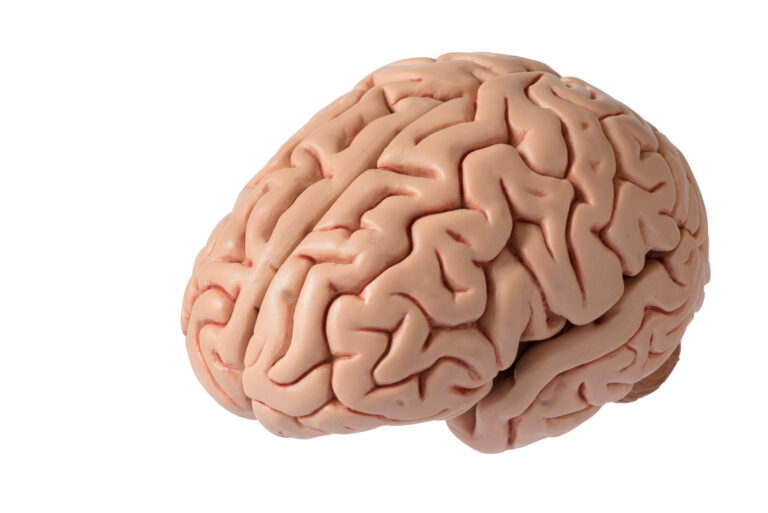Dementia is a debilitating and progressive neurological disorder that affects millions of people worldwide, and its prevalence is only expected to increase as the population ages. Despite extensive research efforts, there is still no cure for dementia, making it one of the most pressing health concerns of our time.
One of the key aspects of dementia is its close relationship with the brain’s immune response. The immune system, which is responsible for protecting the body from foreign invaders and maintaining overall health, also plays a crucial role in the development and progression of dementia. In recent years, there has been a breakthrough in understanding how the brain’s immune response is involved in dementia, providing new avenues for potential treatments and prevention strategies.
To understand this breakthrough, we must first understand the basics of dementia and the immune system’s role in the brain.
Dementia is a broad term used to describe a decline in cognitive function, including memory, thinking, and behavior, that is severe enough to interfere with daily life. It is caused by damage to brain cells, which can occur due to various factors such as aging, genetics, or underlying medical conditions. As these brain cells become damaged or die, the brain’s ability to function properly is compromised, leading to symptoms of dementia.
The brain’s immune response plays a vital role in this process. The immune system’s primary function is to protect the body from harmful substances and infections, but it also has a role in repairing damaged tissues and regulating inflammation. In the brain, specialized immune cells called microglia act as the first line of defense against any potential threats. They constantly monitor the brain for any signs of damage or infection and work to repair and protect brain cells when needed.
In dementia, the microglia can become overactive, causing chronic inflammation in the brain. This inflammation can contribute to the progression of the disease by further damaging brain cells and disrupting their normal functions. However, until recently, it was unclear why the microglia became overactive in dementia and how this process could be targeted for treatment.
The breakthrough in understanding the brain’s immune response in dementia came from a study conducted by researchers at the University of Southampton and published in the journal Nature Neuroscience. The study focused on a specific protein called TREM2, which is primarily found on the surface of microglia cells.
The researchers found that mutations in the TREM2 gene were associated with an increased risk of developing dementia, particularly Alzheimer’s disease. They also discovered that these mutations caused a malfunction in microglia cells, leading to an overactive immune response and increased inflammation in the brain.
This groundbreaking discovery sheds light on the underlying mechanisms of dementia and highlights the critical role of microglia in the disease’s development. It also provides a potential target for new treatments and preventive strategies.
One potential treatment approach is to develop drugs that can modulate the activity of microglia in the brain. By targeting microglia, these drugs could potentially reduce inflammation and slow down the progression of dementia. Additionally, this discovery also opens the door for genetic testing to identify individuals with a higher risk of developing dementia, allowing for early interventions and personalized treatment plans.
Moreover, this breakthrough in understanding the brain’s immune response in dementia has also sparked further research in this area. Scientists are now studying other proteins and genes involved in microglia function and how they may contribute to the development of dementia. This increased knowledge will undoubtedly lead to more breakthroughs and advancements in dementia research.
In conclusion, the recent breakthrough in understanding the brain’s immune response in dementia is a significant step forward in our battle against this devastating disease. It not only provides crucial insights into the underlying mechanisms of dementia but also offers potential avenues for new treatments and prevention strategies. With continued research and development, we can hope for a future where we can effectively manage, treat, and possibly even prevent dementia.





